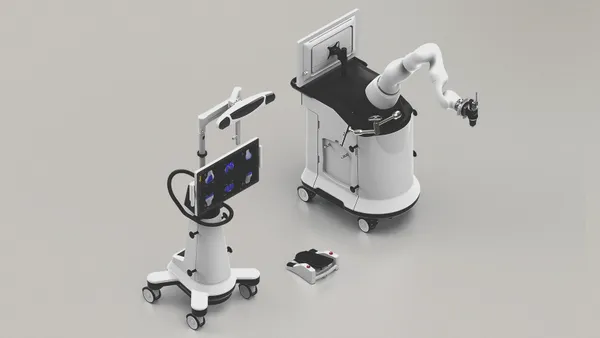Dive Brief:
-
Janet Woodcock, director of the FDA’s Center for Drug Evaluation and Research, and two colleagues laid out how the agency is working to use real-world data to address the evidence gap between clinical research and practice in a recent JAMA piece.
-
The trio called for all stakeholders to collaborate and pool resources to support use of real-world data in evaluations of safety and efficacy.
-
Woodcock urged the creation of interoperable networks of data, reminiscent of the agency’s existing medical device initiative, National Evaluation System for Health Technology. Through NEST and other programs, the FDA hopes to improve understanding of how drugs and medical devices affect patients outside of controlled clinical trials.
Dive Insight:
The FDA has long recognized that the groups of patients enrolled in clinical trials bear only a passing resemblance to populations treated in the real world. Seeking to eliminate confounding factors, clinical trials enroll patients with fewer comorbidities and concomitant medications than are found in the real world. These clinical trial designs prioritize clear safety and efficacy signals over applicability to real-world populations.
Regulators have tried to tackle the problem from multiple angles. In 2013, the FDA told its staff to push sponsors to run clinical trials in broad populations that mirror those found in the real world. More recently, the agency has sought to leverage technological advances, notably electronic health records (EHRs), to generate more evidence of safety and efficacy outside of clinical trials.
The JAMA piece focuses on drugs but its central points overlap with the FDA’s medical device initiatives such as NEST. Woodcock wants the FDA, clinicians and other industry stakeholders to collaborate to create “high-quality interoperable networks of data that can be seamlessly leveraged for clinical and research purposes.” That thinking is in line with NEST, which tries to improve evidence about medical devices by connecting clinical registries, EHRs and medical billing claims.
Woodcock’s piece also has implications for developers of remote monitoring devices and other mobile data capture technologies. The FDA sees these devices gathering data to show how a health intervention affects a patient between visits to their physician, thereby closing a knowledge gap.
“If research is to fulfill its goal of being patient centric, it will be necessary to leverage technological advances, such as mobile health, to capture the patient experience beyond the clinical delivery system and establish a more comprehensive picture of how medical products function beyond the controlled confines of traditional randomized clinical trials,” Woodcock wrote.











